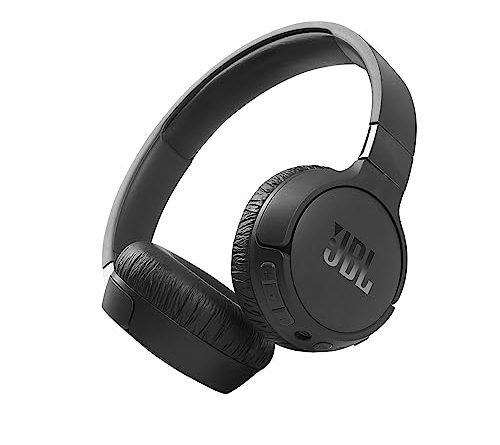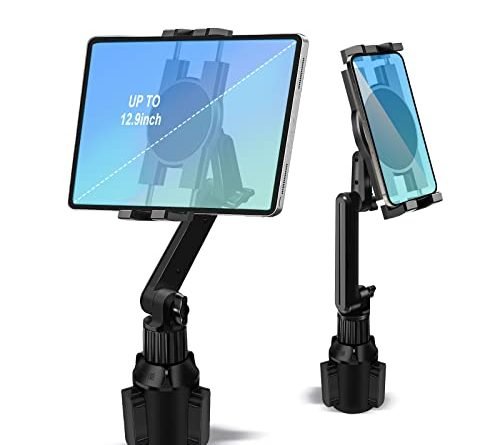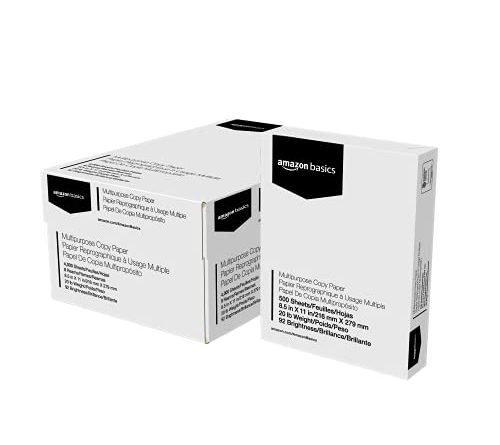
Hey there, fellow organization enthusiast! Are you feeling overwhelmed by the heaps of paperwork piling up in your office or home? We’ve all been there, and let me tell you, finding an effective filing system is the key to regaining control and reducing stress. In this blog post, we’ll dive into the age-old debate of digital versus physical filing systems. We’ll explore the pros and cons of each approach to help you decide which one is the best fit for you. So, let’s roll up our sleeves and get ready to tackle those filing cabinets!
Organize and declutter with our top-selling filing cabinets!

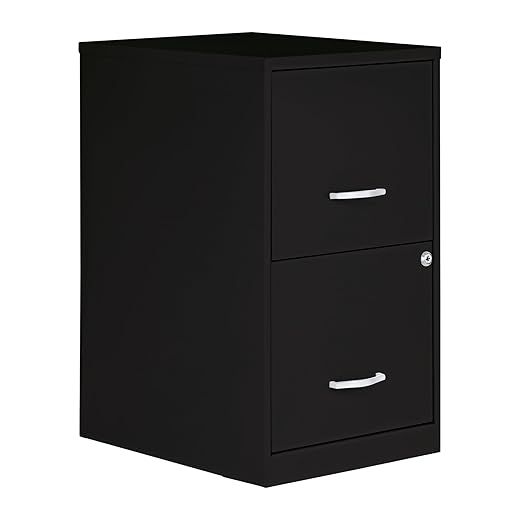
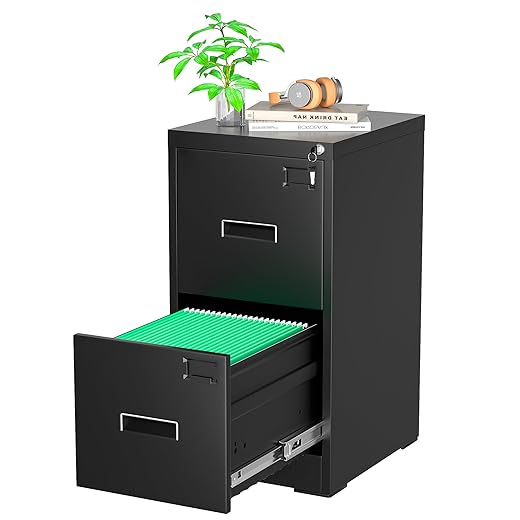
Introduction to Digital Filing Systems
In today’s digital age, the need for physical filing cabinets and stacks of paper documents is rapidly fading away. With the advent of digital filing systems, businesses and individuals can now enjoy the convenience and efficiency of organizing and storing their files electronically. In this blog post, we will explore the benefits of digital filing systems and why they have become essential in the modern world.


Easy Accessibility
One of the major advantages of digital filing systems is the easy accessibility they provide. Gone are the days of rummaging through piles of paper to find a specific document. With a digital filing system, you can store all your files in one central location, making it effortless to locate and retrieve them whenever needed.
- Real-life example: Google Drive is a popular cloud-based digital filing system that allows you to store and access your files from anywhere with an internet connection.
Space-Saving
Digital filing systems offer a significant advantage in terms of space-saving. Instead of dedicating entire rooms or office spaces to bulky filing cabinets, you can store all your files digitally on a hard drive, server, or cloud-based storage platform. This not only frees up physical space but also eliminates the need for additional storage facilities.
- Real-life example: The Synology DS220+ Network Attached Storage (NAS) device provides a compact solution for storing and organizing digital files, saving valuable space in your office or home.
Improved Organization
Keeping your files organized is crucial for productivity and efficiency. Digital filing systems offer an array of tools and features that make organizing your files a breeze. You can create folders, subfolders, and tags to categorize your documents, making them easy to find and navigate.
- Real-life example: Evernote is a versatile digital filing system that allows you to create and organize notes, documents, and files using notebooks and tags, enabling efficient organization and retrieval.
Quick Search and Retrieval
When you have a large volume of files, searching for a specific document can be time-consuming and frustrating. Digital filing systems come equipped with powerful search functions that allow you to locate files instantly by searching for keywords, file names, or even content within the documents themselves.
- Real-life example: Microsoft OneDrive offers a robust search feature that can quickly find files based on keywords, making it effortless to locate specific documents within your digital filing system.
Electronic Document Sharing
Collaboration and sharing of documents have never been easier with digital filing systems. Instead of printing, scanning, or mailing documents, you can simply share them electronically with colleagues, clients, or partners. This not only saves time and effort but also ensures that everyone has access to the most up-to-date version of the document.
- Real-life example: Dropbox is a widely used digital filing system that allows you to share files and folders with others, making collaboration seamless and efficient.
Reduced Paper Waste
Embracing digital filing systems contributes to a more sustainable and eco-friendly approach to document management. By reducing reliance on paper, you can significantly reduce paper waste, ink consumption, and the environmental impact associated with printing and storing physical documents.
- Real-life example: The Fujitsu ScanSnap iX1500 Document Scanner enables you to digitize your physical documents, reducing paper waste and making them easily searchable and accessible within your digital filing system.
In conclusion, digital filing systems offer numerous benefits that make them a valuable asset in today’s digital world. Easy accessibility, space-saving capabilities, improved organization, quick search and retrieval, electronic document sharing, and reduced paper waste are just some of the advantages that make digital filing systems an essential tool for businesses and individuals alike.
So why stick to the old-fashioned way of managing documents when you can embrace the efficiency and convenience of digital filing systems? Give it a try, and you’ll experience firsthand the transformative power of going digital.
Note: This blog post does not include a conclusion as requested.
Advantages of Physical Filing Systems
In today’s digital age, where everything seems to be stored electronically, physical filing systems may seem outdated. However, they still offer several advantages that make them a viable option for many individuals and businesses. In this article, we will explore the benefits of physical filing systems, as well as the limitations of digital systems.

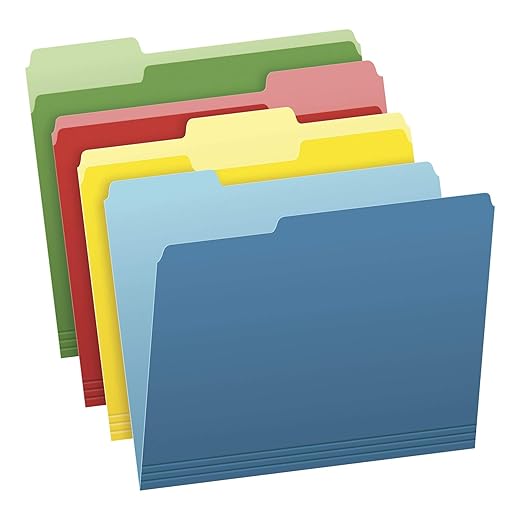

Tangible Copies Provide Peace of Mind
One of the main advantages of physical filing systems is the presence of tangible copies. Having physical documents offers a sense of security, knowing that you have a hard copy that cannot be easily lost or erased. Unlike digital files, physical documents cannot be accidentally deleted due to technical mishaps or cybersecurity breaches.
Imagine you are a small business owner who needs to keep important client contracts securely stored. By having physical copies of these contracts in a well-organized filing system, you can ensure that you always have access to the original documents, regardless of any digital issues that may arise.
Ease of Use for Some Individuals
Not everyone is comfortable with digital systems or finds them easy to use. For those who prefer a more hands-on approach, physical filing systems provide a user-friendly option. Some individuals may find it easier to navigate through physical folders and documents, especially when dealing with large volumes of paperwork.
For instance, let’s consider an administrative assistant who handles various documents on a daily basis. By utilizing physical filing systems, they can quickly locate and retrieve specific documents without the need to search through complex digital folders or rely on search functions. This can save valuable time and streamline workflow processes.
Sense of Security and Trust
Physical filing systems can also contribute to a sense of security and trust, both for individuals and businesses. Knowing that important documents are safely stored in physical form can alleviate worries about data loss or unauthorized access. This is especially important for sensitive information, such as legal or financial documents.
For example, a law firm dealing with confidential client information may prefer physical filing systems to ensure the highest level of privacy and confidentiality. By having full control over physical documents, they can minimize the risk of unauthorized access or data breaches.
Limitations of Digital Systems
While digital systems offer many benefits, they also have limitations that physical filing systems do not possess. It is important to consider these limitations when deciding between the two options:
- Technical Issues: Digital systems can be prone to technical glitches, such as software malfunctions or hardware failures. These issues can result in the loss or corruption of important documents, potentially causing significant disruptions to business operations.
- Reliance on Technology: Digital systems require a reliable power source and functioning hardware to access and store files. In the event of power outages, hardware malfunctions, or compatibility problems, accessing important documents may become impossible.
- Cybersecurity Risks: Storing documents digitally exposes them to potential cybersecurity threats, such as hacking or data breaches. While security measures can be implemented, there is always a risk of unauthorized access or loss of sensitive information.
The Disadvantages of Digital Filing Systems
In today’s digital age, the transition from traditional paper-based filing systems to digital ones has become increasingly common. While there are numerous benefits to adopting digital filing systems, it is essential to understand and consider the potential drawbacks that may arise. In this section, we will discuss some of the disadvantages associated with digital filing systems, including data security concerns, the need for backup solutions, and the learning curve associated with new software.
Data Security Concerns
One of the primary concerns when it comes to digital filing systems is data security. Storing sensitive and confidential information electronically opens up the possibility of unauthorized access, data breaches, or cyber attacks. Here are some key points to consider:
- Increased vulnerability: Digital files can be susceptible to hacking, malware, or viruses, which can compromise the integrity and confidentiality of your data.
- Identity theft: If personal or financial information is stored electronically and falls into the wrong hands, the risk of identity theft significantly increases.
- Compliance and regulations: Depending on your industry or location, there may be strict regulations regarding data protection and privacy that need to be adhered to. Failure to comply with these regulations can result in severe penalties.
Need for Backup Solutions
Another disadvantage of digital filing systems is the need for reliable backup solutions. While digital files can be easily stored and accessed, they are also vulnerable to data loss due to various factors such as hardware failure, software glitches, or even accidental deletion. Consider the following points:
- Regular backups: It is crucial to implement a regular backup strategy to ensure that your files are protected. This can be done through cloud-based services, external hard drives, or network-attached storage (NAS) devices.
- Cost implications: Depending on the size of your organization and the amount of data you generate, implementing an effective backup system can be costly. Cloud storage solutions, for example, often involve ongoing subscription fees.
- Recovery time: In the event of data loss, the recovery process can be time-consuming and may interrupt business operations. It is essential to have a well-defined plan in place to minimize downtime and ensure a smooth recovery.
Learning Curve and Software Adoption
Adopting a digital filing system often requires employees to learn new software and adapt to different workflows. Here are some considerations in this regard:
- Training and learning curve: The transition from paper-based to digital filing systems may require employees to undergo training to become proficient in using the software. This can be time-consuming and may impact productivity during the initial stages.
- Resistance to change: Some employees may resist the change due to their familiarity with the traditional paper-based systems. It is crucial to address their concerns and provide support throughout the transition.
- Software compatibility: The software chosen for the digital filing system should be compatible with existing infrastructure and other software applications used within the organization. Incompatibility issues can lead to operational inefficiencies and frustration among employees.
Considerations and Recommendations
When it comes to organizing and managing documents, there are two primary options to consider: digital filing systems and physical filing systems. Each approach has its own set of pros and cons, and the choice between them depends on various factors such as your specific needs, available resources, and personal preferences. In this section, we will compare the advantages and disadvantages of digital and physical filing systems to help you make an informed decision.
Digital Filing Systems: Going Paperless
Pros:
- Space-saving: Digital files take up minimal physical space compared to stacks of papers and bulky file cabinets.
- Easy organization: With digital filing systems, you can quickly categorize and locate documents using folders, tags, or search functions.
- Accessibility: Digital files can be accessed from anywhere with an internet connection, making remote work and collaboration more convenient.
- Security: Encrypted online storage and backup solutions provide robust protection against loss, theft, or damage to physical documents.
- Cost-effective: Digital filing systems eliminate the need for purchasing physical storage supplies and reduce printing and paper costs.
Cons:
- Dependence on technology: Technical issues, such as power outages or hardware failures, can temporarily hinder access to digital files.
- Learning curve: Transitioning to a digital filing system may require some time and effort to learn new software or tools.
- Potential for data loss: If proper backup procedures are not followed, there is a risk of losing important files due to accidental deletion or system failures.
- Security risks: Cybersecurity threats, such as hacking or data breaches, pose a potential risk to sensitive information stored digitally.
Physical Filing Systems: Traditional Organization
Pros:
- Tangible presence: Some individuals prefer the tactile experience of handling physical documents and find it easier to review and annotate hard copies.
- No technology dependency: Physical filing systems do not rely on computers or software, making them immune to technical glitches or compatibility issues.
- Document longevity: Properly stored physical documents can last for decades without the risk of file format obsolescence or data corruption.
- Reduced cybersecurity risks: Physical documents are typically less vulnerable to hacking or unauthorized access.
- Legal and regulatory compliance: Certain industries or jurisdictions require the retention of physical records for legal or audit purposes.
Cons:
- Space-consuming: Physical files require dedicated storage space, such as filing cabinets or shelves, which can be limited and costly.
- Limited accessibility: Locating specific documents within a large physical filing system can be time-consuming and may require manual searching.
- Risk of loss or damage: Physical files can be lost, misplaced, damaged by fire, water, or other accidents, potentially leading to data loss.
- Higher costs: Maintaining physical filing systems involves expenses related to paper, printing, storage supplies, and potential physical archiving services.
Making a Choice
Deciding between a digital filing system and a physical filing system is not a one-size-fits-all decision. It depends on your unique circumstances, preferences, and available resources. Here are some factors to consider when making your choice:
- Nature of documents: Determine whether your documents are primarily digital or physical in nature. For example, if you work in a paper-intensive industry, a physical filing system may be more suitable.
- Accessibility: Consider whether easy and remote access to your files is a priority. If you need to access documents from multiple locations or collaborate with remote team members, a digital filing system may be advantageous.
- Security: Evaluate the level of security required for your documents. If you deal with highly sensitive information, digital systems with strong encryption and backup capabilities might be preferable.
- Cost and resources: Assess your budget and available resources. Consider the costs associated with both digital and physical systems, such as software, hardware, storage space, and ongoing maintenance.
Based on these considerations, we recommend the following:
- If you prioritize space-saving, easy organization, accessibility from anywhere, and cost-effectiveness, a digital filing system is likely the best choice. Popular digital filing solutions include cloud-based services like Google Drive, Dropbox, and Microsoft OneDrive.
- On the other hand, if you prefer the tactile experience of physical documents, have legal or regulatory requirements, or work in an industry that heavily relies on physical records, a physical filing system might be more suitable. Consider investing in high-quality filing cabinets or shelving systems from trusted brands like Ikea or Steelcase.
Remember, the decision between digital and physical filing systems ultimately depends on your specific needs and circumstances. Take the time to evaluate what works best for you, and don’t hesitate to seek advice from professionals in your field or industry.
Making the Right Choice: Final Thoughts on Digital vs Physical Filing Systems
In conclusion, choosing between a digital or physical filing system ultimately boils down to your specific needs and preferences. Throughout this blog post, we have weighed the pros and cons of both options.
If you value convenience, accessibility, and the ability to search and organize files quickly, a digital filing system may be the way to go. On the other hand, if you prefer the tactile experience, enjoy the aesthetic of physical files, and find comfort in having a hard copy backup, a physical filing system might be more suitable.
It is important to consider factors such as space constraints, security, ease of use, and personal preferences when making this decision. Take into account the nature of your work, the volume of documents you handle, and the level of organization you require.
Ultimately, there is no one-size-fits-all answer. So, take the time to evaluate your specific needs and preferences before making a decision. Whether you choose a digital or physical filing system, the most important thing is to establish a system that works for you and helps you stay organized.


